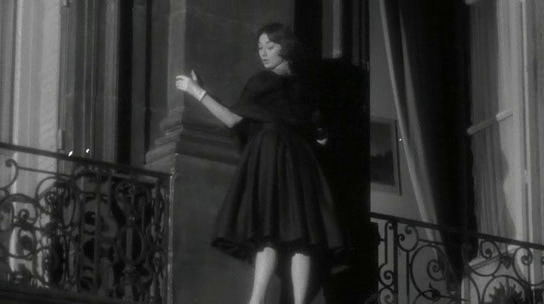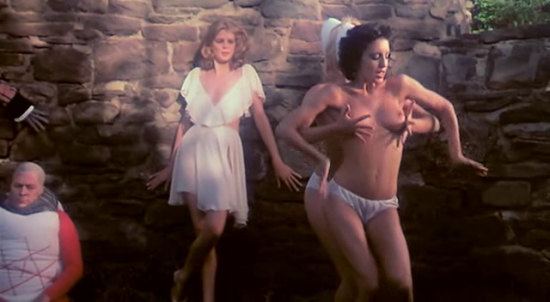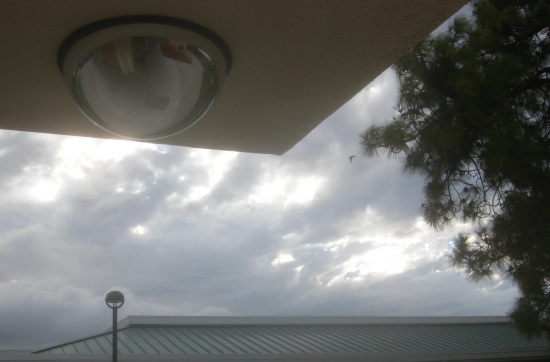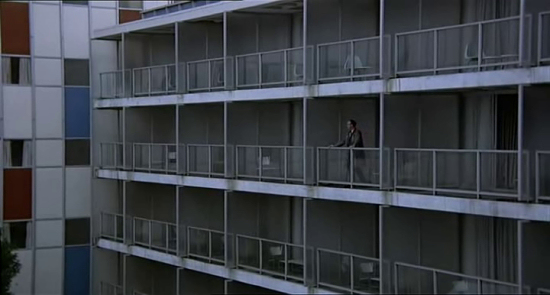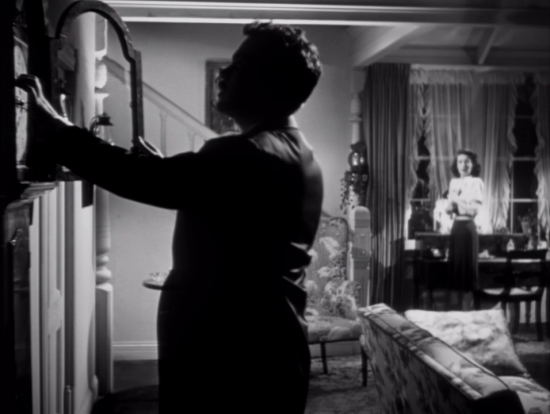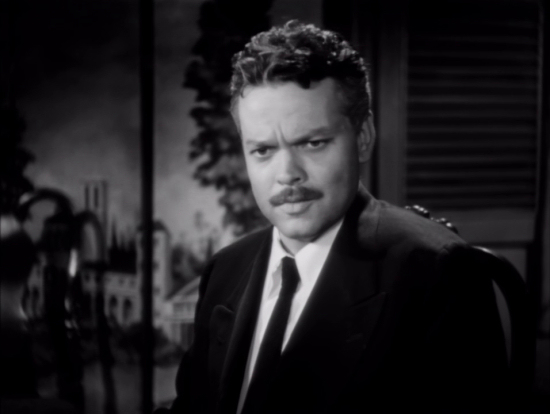
There's a kind of Alice in Wonderland charm to Billy Wilder's 1957 film Love in the Afternoon. Most of the movie is told from the point of view of Audrey Hepburn's character, Ariane, and, despite Hepburn being in her late 20s, the movie's appeal is mainly in a smart, credulous young girl exploring the strange world of adults in Paris. The romance between her and Gary Cooper's character feels inevitably lopsided and creepy, though I don't think it was meant to. Mainly this is a charming film with a perhaps unintentionally sinister undercurrent. Whether it was intentional or not, I think it may actually be one of the movie's strengths.
It's interesting that seven years after making Sunset Boulevard, where a woman falling in love with a man nineteen years younger than her was portrayed as weird and unnatural, Wilder made this film which asks us not to question a man being with a woman more than twenty years younger than him, but I guess that's the double standard. To be fair, older women lose much of what's widely considered appealing about their looks, which is, in a word, youthfulness, but despite the fact that movies use attractive people to get their stories across, it's a mistake, in my opinion, to take that attraction as trumping substance. The usefulness of attractive movie stars is to help pull you into the story, and it's always nice to appreciate beauty. But one should not forget the reality of human relationships which, when healthy, aren't based on superficial details.

But maybe Wilder didn't forget. Ariane's father, a private detective played by Maurice Chevalier, pleads with the famous international playboy Frank Flannagan (Cooper's character) about his daughter; "Give her a chance, Monsieur. She's so helpless. Such a little fish. Throw her back in the water." The detective was well aware of Flannagan's track record with women since, when investigating adultery on the parts of wives, he was used to finding Flannagan as the man aiding and abetting. And by the end of the movie, we never get any real reason to think Flannagan might not grow tired of Ariane as well. The American version of the film has a closing narration that was forced on the film by producers--and Wilder objected to it--that told us of marriage between Frank and Ariane.
We see Chevalier smiling at the train as it carries Ariane and Frank away from him, despite his plea to Frank earlier. Perhaps it's the worldly detective smiling somewhat sadly at the inevitabilities of life he's accustomed to being audience to in his line of work.

Hepburn looks like she's twelve and Cooper looks like he's sixty. It's somewhat hard to believe Ariane manages to actually convince him that she's had as storied a love life as he has. Of course, this is in a long line of movies pairing Hepburn with much older men--there was Humphrey Bogart in her previous collaboration with Wilder, as well as War and Peace with Henry Fonda, and eventually she'd be seen with Fred Astaire, Rex Harrison, and Cary Grant. I think only Astaire surpassed Cooper in terms of an utter void of romantic chemistry with her. She and Grant together weren't bad and, in fact, Cary Grant was Wilder's first choice for Frank Flannagan, but, according to Wikipedia, Wilder said of Grant, "It was a disappointment to me that he never said yes to any picture I offered him. He didn't explain why. He had very strong ideas about what parts he wanted." I could've told Wilder the reason--almost all of Wilder's male characters in romantic comedies are wolves, whether it's the unrequited kind like Jack Lemmon, or the insatiable kind, like Flannagan. I wouldn't be the first to point out that Grant was pretty consistent in choosing roles where either the woman wooed him or she just sort of naturally came to him with little effort on his part, and this was an enormous part of Grant's charm. Wilder wrote wolves, but Grant was a romantic gravity well.
Hepburn's haircut in Love in the Afternoon kind of makes her look like Alice Liddell, the inspiration for Lewis Carroll's Alice, and the movie's fun to watch as she walks across balconies to rescue Flannagan from discovery by a jealous husband, or as she continues having clandestine meetings with Flannagan without ever telling him her name. To her, he's a character in the stories that make up her father's extensive files she constantly breaks into. When she watches him from a balcony during a production of Tristan und Isolde, the music helps emphasise a young girl's robust sense of romance getting her caught in a fantasy. Chevalier's warning gives just a hint of the fall to Earth that must surely occur after the movie ends.
